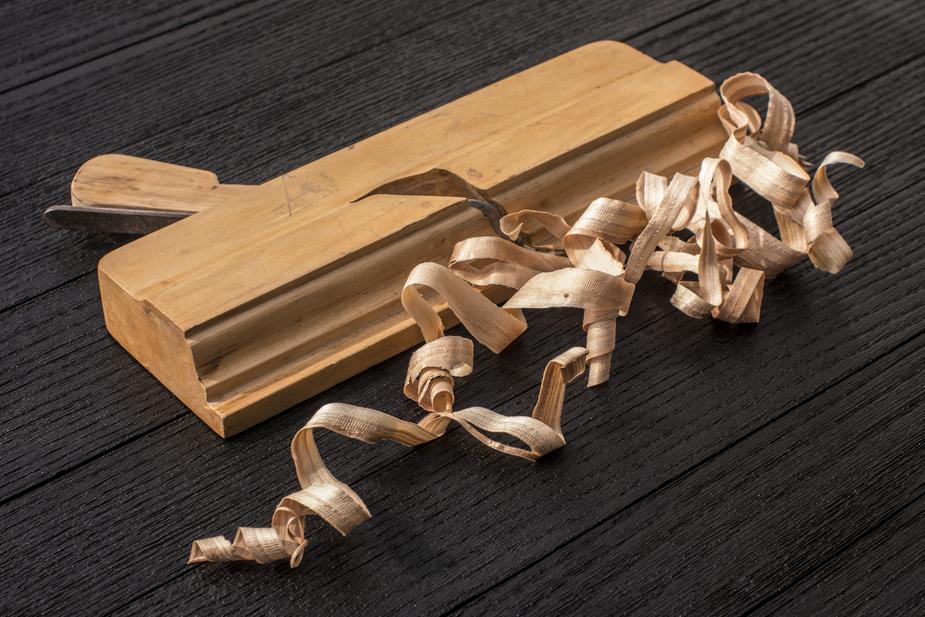When it comes to choosing the right material for your furniture, plywood and solid wood are two popular options with distinct advantages and considerations. Understanding their differences and strengths can help you make an informed decision that aligns with your furniture needs and preferences.
Understanding Plywood
What is Plywood? Plywood is a composite wood product made from thin layers of wood veneer, known as plies or layers, glued together. Each layer is rotated 90 degrees to the adjacent layer, which enhances strength and dimensional stability. This construction method mitigates the natural tendency of wood to expand, contract, warp, or twist due to changes in temperature and humidity.
Types of Plywood:
Softwood Plywood: Typically made from pine, cedar, or spruce. It’s economical and widely used for structural applications.
Hardwood Plywood: Made from hardwood species like oak, maple, or birch. Known for its strength, durability, and attractive grain patterns, making it suitable for furniture and cabinetry.
Decorative Plywood: Features a veneer finish of exotic wood species or decorative patterns, enhancing aesthetic appeal.
Advantages of Plywood for Furniture
Strength and Durability: Plywood is inherently strong due to its layered construction, making it less prone to cracking, splitting, or warping compared to solid wood.
Dimensional Stability: Plywood remains stable in varying environmental conditions, reducing the risk of expansion or contraction that can affect furniture integrity.
Cost-effectiveness: Depending on the type and grade, plywood can be more affordable than solid wood while offering comparable strength and performance.
Versatility: Available in different grades and finishes, plywood allows for flexibility in design and construction, accommodating various furniture styles and requirements.
Understanding Solid Wood
What is Solid Wood? Solid wood furniture is crafted entirely from a single piece of natural wood, such as oak, mahogany, or walnut. It showcases the natural grain patterns and characteristics of the wood species.
Hardwoods: Known for their density and durability, hardwoods like oak, maple, and cherry are popular choices for high-quality furniture.
Softwoods: Species like pine and cedar are softer and more affordable, suitable for casual or rustic furniture designs.
Advantages of Solid Wood for Furniture
Natural Beauty: Solid wood furniture exhibits unique grain patterns and textures, enhancing its aesthetic appeal and value as a natural material.
Longevity: High-quality solid wood furniture can last for generations with proper care and maintenance, maintaining its structural integrity and beauty over time.
Repairability: Solid wood furniture can be easily repaired and refinished to restore its appearance and functionality, offering long-term value.
Which is Better for Your Furniture: Plywood or Solid Wood?
- Considerations for Plywood:
Strength and Stability: Plywood’s layered construction provides inherent strength and stability, making it suitable for large pieces of furniture and applications where durability is crucial.
Cost-effectiveness: Plywood can offer cost savings without compromising on quality, ideal for budget-conscious furniture projects.
Design Flexibility: With various types and finishes available, plywood allows for diverse design options and customization in furniture production.
- Considerations for Solid Wood:
Natural Beauty: Solid wood furniture offers unmatched beauty and character, appealing to those who appreciate the authenticity of natural materials.
Longevity: High-quality solid wood furniture can withstand decades of use and aging gracefully with proper care, making it a sustainable choice.
Customization and Craftsmanship: Solid wood furniture is often handcrafted, showcasing skilled craftsmanship and attention to detail in each piece.
Conclusion
Choosing between plywood and solid wood for your furniture ultimately depends on your priorities, budget, and aesthetic preferences. Plywood excels in strength, stability, and cost-effectiveness, making it suitable for a wide range of furniture applications. On the other hand, solid wood offers unmatched beauty, longevity, and the prestige of owning furniture crafted from natural materials.
Consider the specific requirements of your furniture project, such as durability, design flexibility, and maintenance expectations, to determine whether plywood or solid wood aligns better with your needs. Both materials have their distinct advantages, ensuring that you can find the perfect fit for your furniture style and functional requirements.
Incorporate the insights gained from this comparison into your decision-making process to confidently select the ideal material for creating furniture that complements your space and lifestyle.




